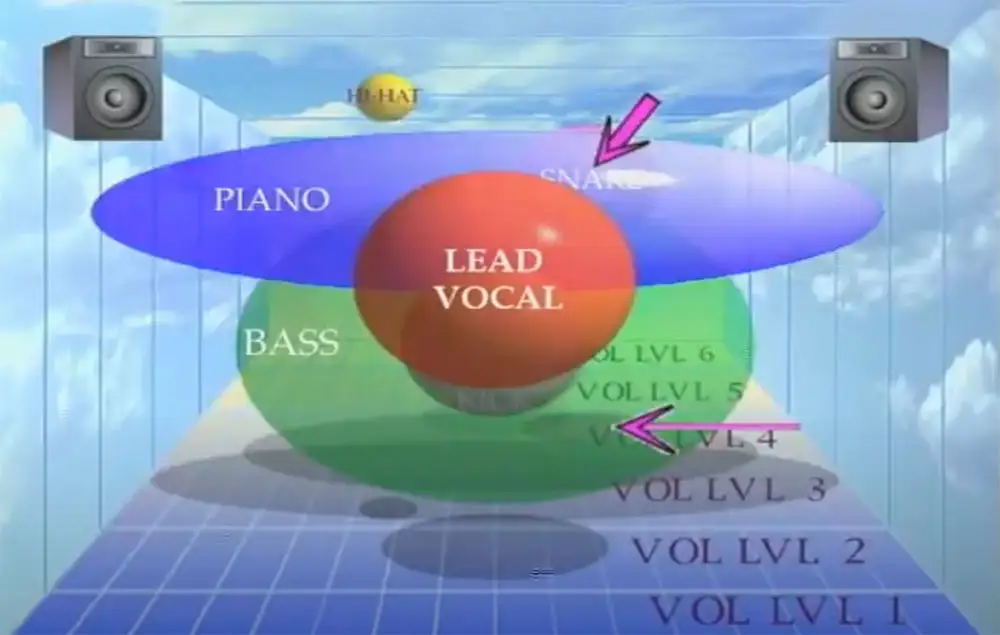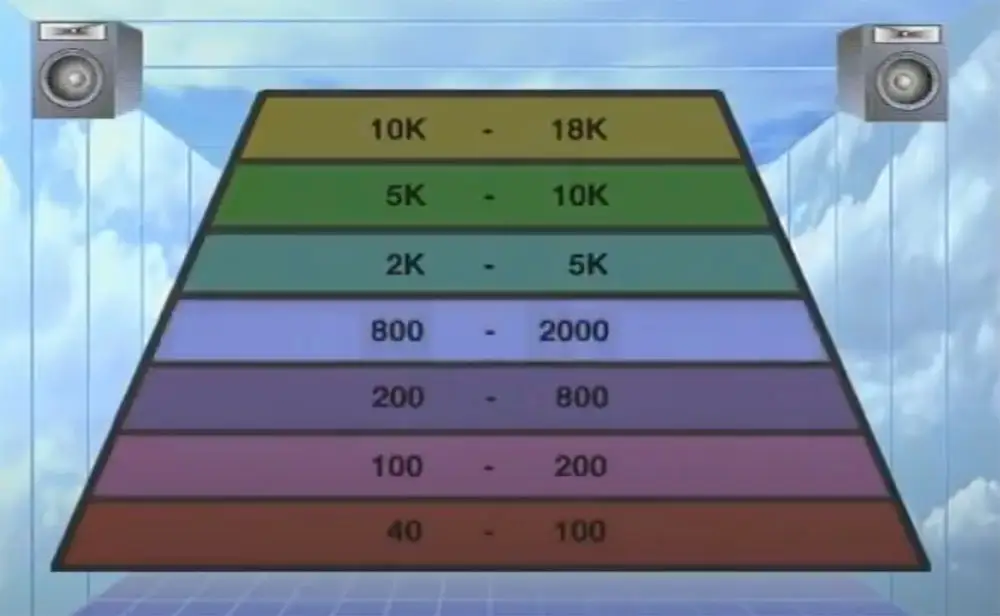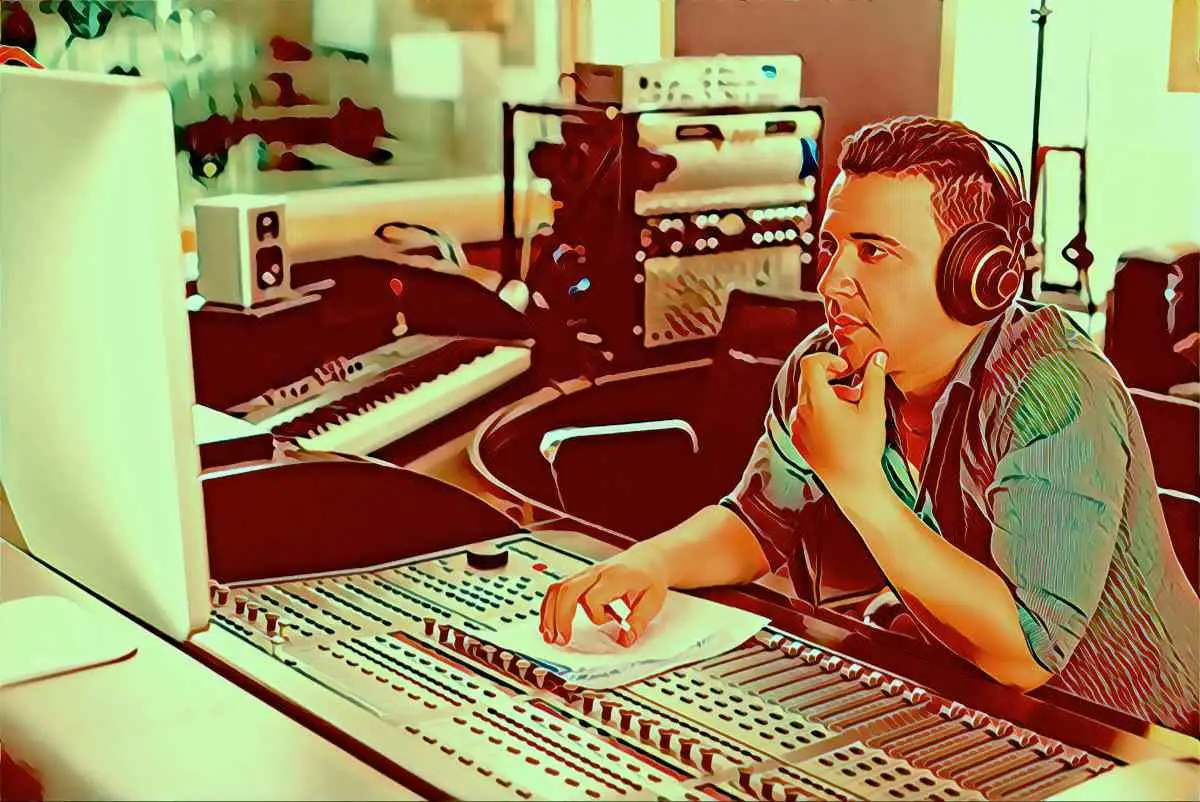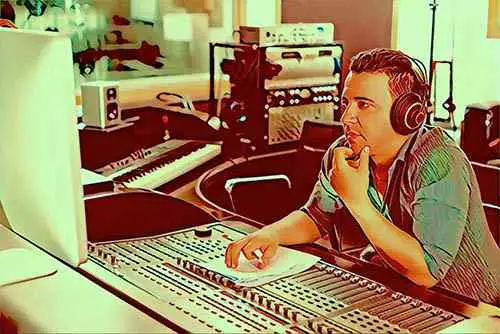There’s no shortage of mixing advice on the internet. With that in mind, it can be challenging to parse through what advice is beneficial versus harmful. Luckily, we were given this free master class by David Gibson . David Gibson’s “The Art of Mixing” is packed with all of mixing’s essentials in one surprisingly entertaining video.
We’ll dive into some of the essential lessons from Gibson’s video below, but don’t let that stop you from enjoying the course yourself. The video is full of practical information for any mixing enthusiast, including breaking down the use of each common effect, explaining how to “see sound,” and sharing foundational mixing philosophy.
There’s also a bunch of surprise skits to keep you engaged in between nuggets of priceless information. Here are some of my favorite lessons covered in “The Art of Mixing.”
Reach For A Fader Before Anything Else
One of the most critical things emphasized in “The Art of Mixing” is the power of volume when it comes to shaping your sound. While you’ll want to make sure you leave enough headroom for mastering your song , simply raising the volume of a particular track will instantly bring it more forward in the mix. Proportionately, lowering the volume of a track will send it further back in the mix.
While this seems like a relatively simple concept, it’s powerful and essential to remember before reaching out for an effect or fancy plugin. Sometimes, simple volume changes are all you need to carve out the atmosphere you’re looking for in your mix.
It’s a good idea to break down your mix into two different processes. First, figure out the balance, or the relationship between the volume of each track in relation to one another. From there, you can add EQ, reverb, delay, etc., to further shape the sound. Focusing on the balance first and foremost will help you quickly build your sonic landscape without hemming and hawing about what add-ons you need.
The Importance of Seeing Your Sound
Part of the experience of “The Art of Mixing” is plenty of visual examples of sounds within the stereo image. Gibson explains in depth why certain sounds feel higher or lower than another and how you can start to “see” your sound. Encouraging visualization of the stereo image gives engineers a whole new perspective on crafting their sound. This skill can also strengthen over time simply by critically listening to some of your favorite mixes. As you start to listen to songs and envision where certain sounds appear visually, you’ll begin to gain more control over your mixes and your interpretation of them.

This screenshot from the video shows an interpretation of a particular mix. As you can see, Gibson encourages visualizing sounds in terms of left to right or the distance between two speakers and front to back. The depth of each sound is measured in volume levels from front to back. Accordingly, adjusting volume will bring a sound more forward or backward in the mix.
Note that there isn’t one right way to mix a song or interpret it. The important thing is that you work in a visualization method that works for you to use these interpretations as a reference point while mixing different songs.
Detecting Distance In Context With Effects
Another clarification this course makes is how to detect distance within a mix. Gibson goes over how each standard effect, including reverb, delay, panning, etc., adds a different space and depth within a stereo field. Understanding these relationships can help engineers place effects more intelligently within a session. Thinking about effects as ways to elongate, widen or thin certain sounds will help you select sounds that cooperate rather than clash. Engineers should also be able to identify the gaps of space within a mix. Gibson teaches us that empty space is just as important as any other instrument, since when it’s used wisely, it can help all of the other tracks shine in the best way possible.
Understanding Sounds In Relationships To Frequency Range
One of the most valuable aspects of this course is that Gibson gives you multiple approaches to mixing. In addition to encouraging musicians to visualize their tracks, he also lays out which types of instruments fall within different ranges of the frequency spectrum. Gibson shows us that our ears naturally hear sounds in the higher frequency range more clearly than in lower frequencies, so we should be super decisive around what’s occupying our low-end. Knowing where certain sounds rest within a frequency spectrum can also be helpful while producing since you’ll start to select instruments and sounds that naturally work together. Remember that different genres of music will have varied balances across the frequency spectrum. While you won’t be set in stone in terms of the relationship of each frequency range, understanding where certain sounds lie can help you get your mix to where you want to be faster.

Your Mixing Interpretation Is Valid
Above all, “The Art Of Mixing” emphasizes the validity of each engineer’s perspective. There’s no one “right” way to mix, and that’s part of the beauty of it. I think it’s easy to see mixing as a more technical process than a creative one. While it’s essential to have a firm understanding of how specific frequencies work, Gibson’s video reminds me to focus on the sound over anything else.
Great mixing engineers don’t apply the same rules to every mix. They understand that mixing is contextual, and every song needs a different approach, even if that means breaking some of the “rules.”
Remember that your mixing has a unique voice, just as much as playing an instrument, singing, or producing does. Gibson challenges us to embrace that voice, which is undoubtedly the most important lesson of all. Enjoy studying mixing techniques with this one-of-a-kind video!






